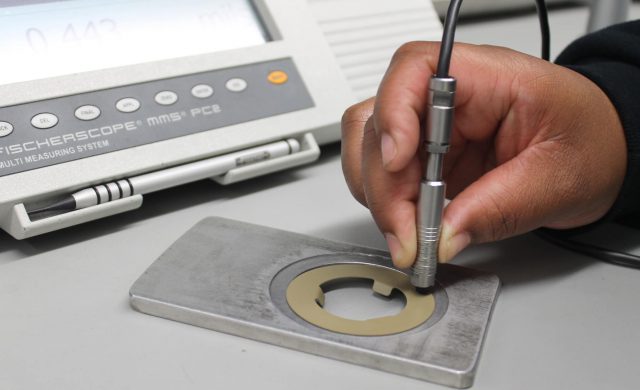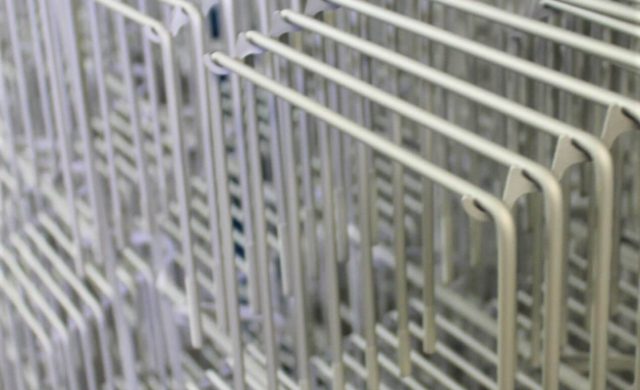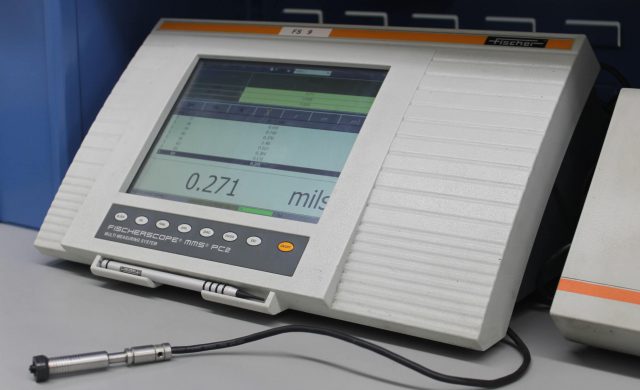Last week we covered what the three most impactful changes to an organization would be when certifying to the new ISO 9001:2015 standard. This post is geared towards its application in automotive manufacturing.
Applying ISO 9001:2015 Standards to Automotive Manufacturing
The ISO standards are deliberately general so that they can be applied to businesses in every industry. However, that adds complexity when it comes to incorporating the ISO 9001:2015 standards in automotive manufacturing.
Since the automotive industry primarily relies on standards published by the International Automotive Task Force (IATF), it can be difficult to determine where the IATF and ISO standards overlap and where they diverge when either set of standards is updated.
For OEMs and Tier I automotive suppliers, most are required to be ISO/TS 16949 certified as opposed to ISO 9001 certified. The ISO/TS 16949 certification is essentially a “beefier version” of ISO 9001:2015 – it encompasses everything that ISO 9001 entails with additional guidelines geared exclusively towards automotive manufacturing. Because of this, if a company is ISO/TS 16949 certified, they do not have to be ISO 9001 certified as well, even though they are technically two different standards.
Fortunately, the IATF replaced ISO/TS 16949 with an updated set of standards effective October 2016: IATF 16949:2016. The updated document is fully aligned with ISO 9001:2015, and it is intended to supplement ISO 9001:2015 rather than create stand-alone requirements. The experts that worked on ISO/TS 16949 designed it to simplify implementation of ISO 9001:2015 through clear definition of its application in the automotive industry.
As mentioned, since the ISO/TS 16949 certification is solely automotive-focused, most Tier II suppliers and below are usually just ISO 9001 certified. ISO 9001 is a broader certification that applies to all industries and markets and typically lower tiered manufacturers have a more diverse customer base than solely automotive.
Certifying to the New ISO 9001:2015 Standards
Recertifying your organization to comply with ISO 9001:2015 might — at first glance — appear to be an overwhelming project. However, upon closer inspection, you will discover that the new standards actually make your workflow easier. ISO 9001:2015 matches quality management processes with the current business environment, taking technology, globalization, and other factors into consideration.
Recertification to the new standard is required by September of 2018. DECC’s goal is to meet the new requirement at our 2017 yearly recertification audit, as well as make it 10 years running with zero non conformances!
Related Articles

How to Center Your Process in a Coating Application (Here’s a Hint: You Can’t)
In every quality position, in every market, the goal is always the same:...

How a Rack-Spray Process Audits Your Parts
Utilizing a rack-spray coating application for your components as opposed to a dip-spin method has...

The Three C’s: Coverage, Cure & Cross Hatch
Will the coating pass this test or that? Will it reach this many...

